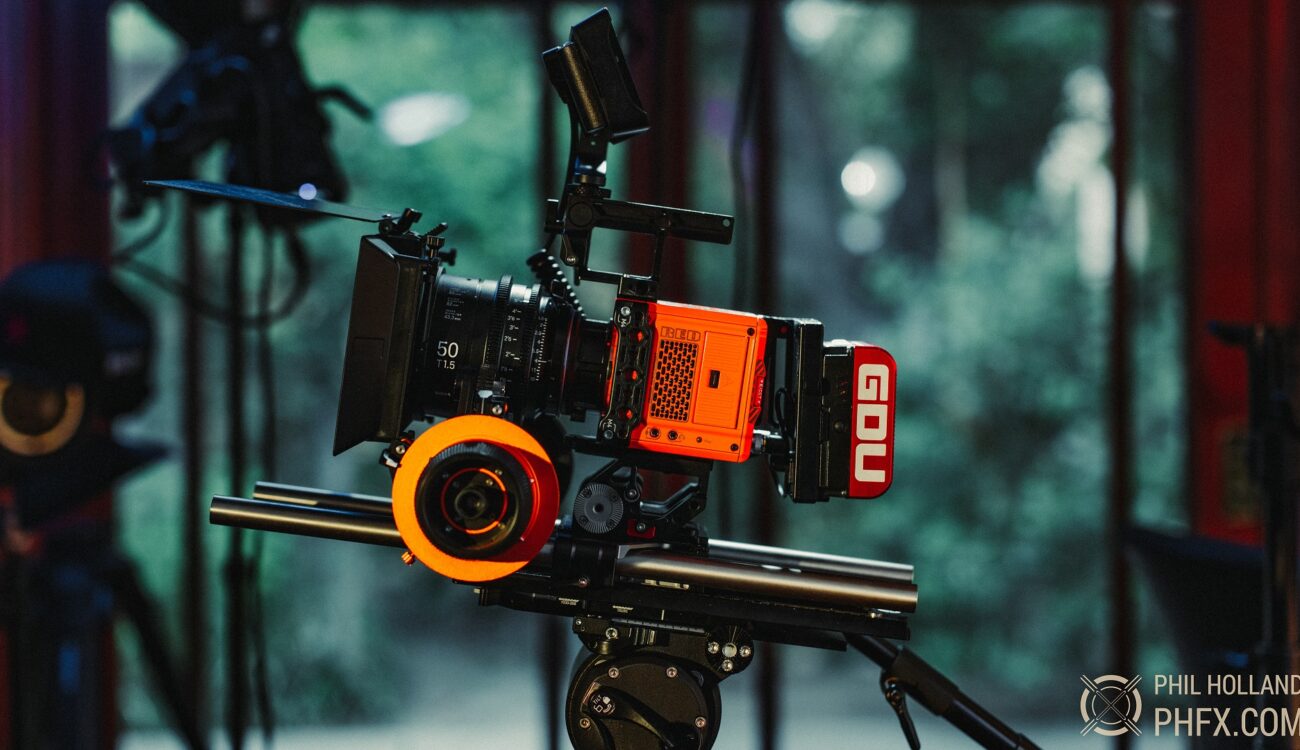If you were to look into purchasing a high quality digital video camera, one term that you might hear in your research is the term "RAW Video". With the advancement of digital cinema cameras, the way we record and edit footage has also advanced. One of these major developments would be the ability to record RAW video.
What Is RAW Recording?
Recording RAW video allows the camera to directly record the data captured from it's sensor without any being compressed into a particular format. Normally, when you record a clip on your camera, the footage is recorded strictly with the white balance, ISO, and other settings you chose prior to hitting record. By recording in RAW, you are then available to change settings like your white balance and ISO during the editing process. Different cameras record in their own versions of RAW. For example, Red Digital Cinema's cameras record in their own REDCODE RAW format which can only be filmed using Red's cameras and edited with software that they approve of. (Link To Image)
Pros And Cons of RAW
Recording in RAW gives more freedom in post-production than you would get normally with normal recording formats. If you incorrectly exposed a shot, you can correct it without having to redo anything. If you're attempting to do any form of complex video effects or color grading, RAW can help you correct your footage in order to aid with what you are trying to do. While RAW may seem like it can put an end to having to worry about shooting footage properly during production, it is still important to shoot properly and resort to correction with RAW only when it is absolutely necessary. With RAW recording being an amazing tool to aid you with filmmaking, you might pick up your camera and expect to begin shooting in RAW right now, however, it's very likely that the camera you have on-hand is unable to record in RAW. Despite RAW seeming like it's something that everyone should have, mostly high end cinema cameras are the only ones to be able to record in RAW. These cinema cameras have very high price tags which makes them difficult for anyone to use except for those who have high production budgets. As previously mentioned, Red Digital Cinema's cameras record using RAW and the cost to be able to make use of their RAW recording starts at around $6,000. Likely, the most affordable entrance into being able to record in RAW would be with Blackmagic Design's Blackmagic Pocket Cinema Camera 4k. The bmpcc4k is able to record in Blackmagic RAW and is slightly more affordable with a $1,250 starting price. (Link To Image #1 Link To Image #2)
Work Log
- 11/9 - Football Practice Recording (No Project Work)
- 11/10 - Adjusted production due dates and made script adjustments, Football Practice Recording
- 11/11 - Worked to further prepare location for final scene
- 11/12 - Continued to make script adjustments
- 11/13 - Stayed home from school due to sinus congestion (No Project Work)
- 11/14 - Discussed with actors regarding rest of shooting
- 11/15 - Worked to schedule shooting of rest of scenes

Comments
Post a Comment